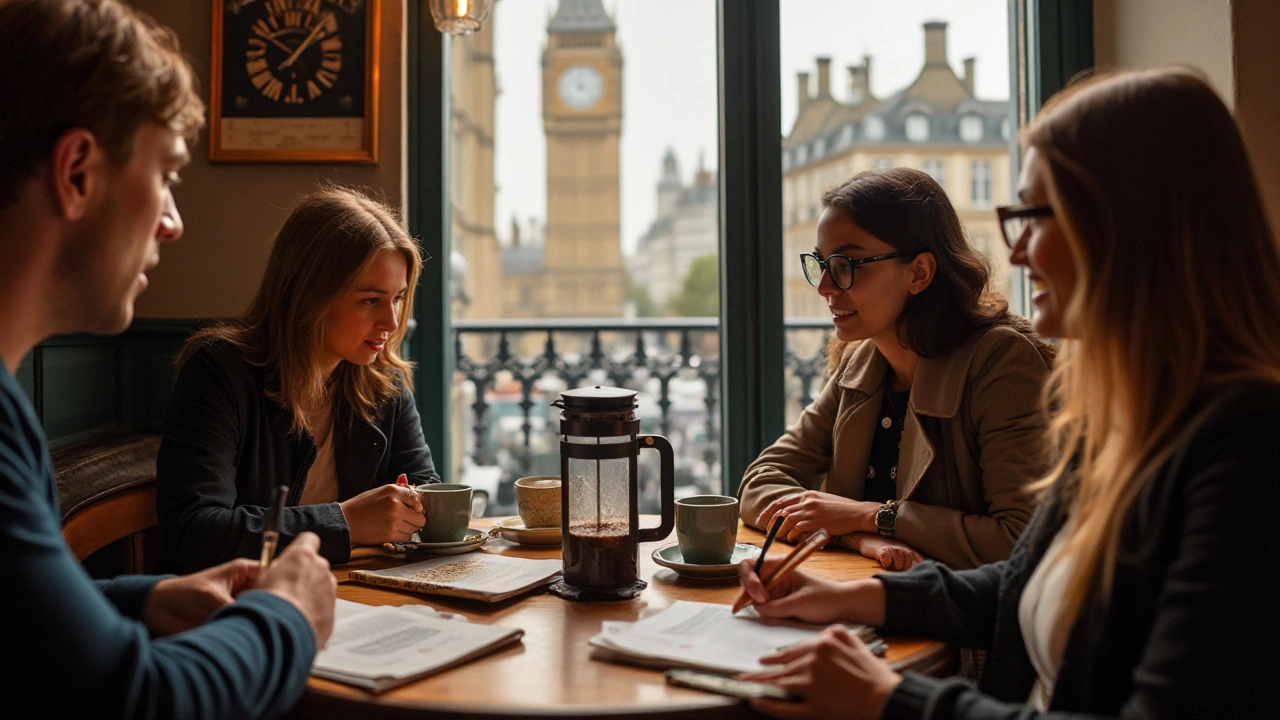Coffee Experience: Simple Steps for a Better Brew Every Day
Ever wonder why some cups hit the spot and others fall flat? The answer isn’t magic – it’s about a few practical habits. Below you’ll find the quickest fixes and tasting shortcuts that anyone can use, whether you own a fancy espresso machine or just a kettle.
Quick Brewing Wins
First off, water matters more than you think. Use fresh, cold tap water and avoid re‑boiling it; the flavor drops after the first boil. If you have a filter, run it for a few seconds before filling the kettle – that clears out any lingering metal taste.
Grind size is the next big player. A too‑fine grind can make coffee bitter, while a coarse grind can leave it weak. For a standard drip maker, aim for a medium grind that feels like coarse sand. If you’re using a French press, go a little coarser – think breadcrumbs.
Measure, don’t guess. A good rule of thumb is 1 to 2 tablespoons of coffee per six ounces of water. Too much coffee makes it astringent; too little leaves it watery. A kitchen scale is cheap and keeps the ratio consistent.
Temperature matters, too. Aim for 195‑205°F (90‑96°C). If you don’t have a thermometer, let boiling water sit for about 30 seconds before pouring. This avoids scorching the grounds and keeps the flavor balanced.
Finally, give the grounds a quick stir right after water hits them. A gentle swirl ensures even extraction and cuts down on uneven bitterness.
Tasting Like a Pro
Once you’ve brewed, take a moment to smell the coffee. Aroma tells you a lot about the roast and can cue your palate. Try to pick out notes like chocolate, citrus, or caramel. If you can name one, you’re already training your taste buds.
Take a small sip and let it sit on your tongue for a few seconds. Notice the first flavor (often bright or acidic), then the body (the weight you feel), and finally the finish (the after‑taste). If any bitterness hits too fast, you probably over‑extracted – adjust the grind finer next time.
Use a clean palate. If you’ve just eaten something strong, like garlic or spicy food, your coffee will taste off. A glass of water before tasting clears the stage.
Experiment with milk or water. Adding a splash of hot water, known as an "Americano style" tweak, can reveal hidden flavors without diluting too much. Same with a dash of milk – it can smooth out harsh edges and highlight sweetness.
Keep a tiny notebook. Jot down the type of bean, roast level, grind size, water temperature, and your tasting notes. Over weeks you’ll spot patterns and know exactly what you love.
Enjoy the process. A coffee experience isn’t just the drink; it’s the ritual, the smells, and the pause you give yourself. By mastering a few easy steps, you’ll turn any ordinary cup into a moment worth savoring.
The Starbucks Coffee Passport is a fascinating way for coffee enthusiasts to explore the diverse world of coffee offered by Starbucks. This program allows participants to track their coffee tasting journey, providing a tangible keepsake of their experiences. From understanding flavor profiles to enhancing brewing techniques, the Coffee Passport invites coffee lovers to deepen their appreciation and knowledge. The passport includes tasting notes and encourages exploration of Starbucks' rich coffee legacy. It’s a must-have for anyone looking to broaden their coffee palate.
View Details

